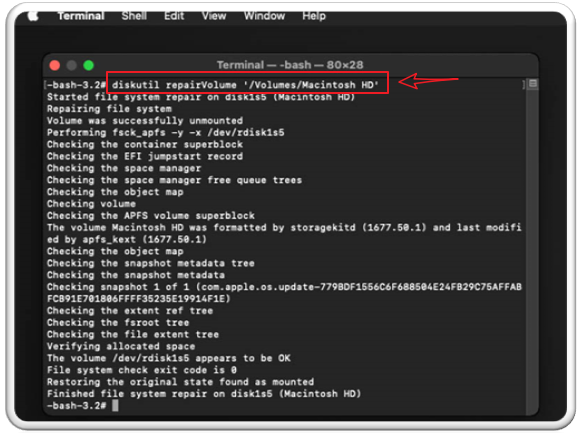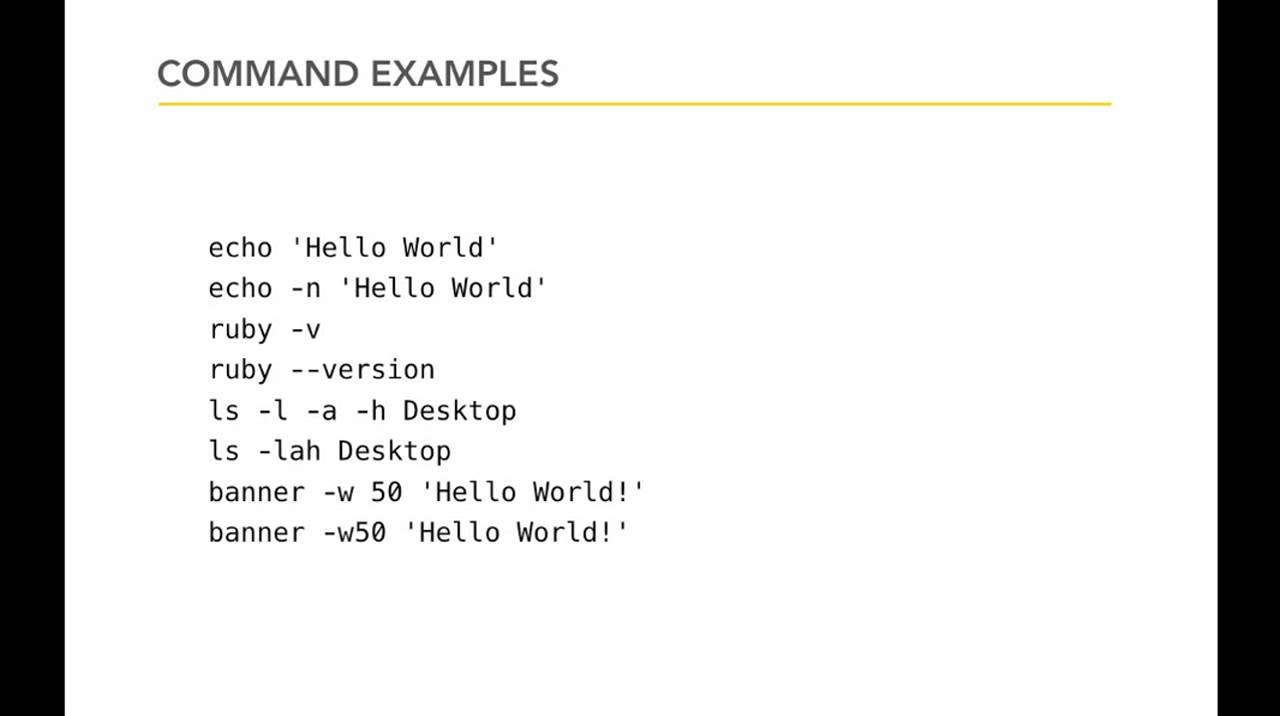
- #Powerful mac terminal commands for repair mac os x#
- #Powerful mac terminal commands for repair install#
- #Powerful mac terminal commands for repair update#
- #Powerful mac terminal commands for repair upgrade#
- #Powerful mac terminal commands for repair software#
To deploy this setting by itself, use Jamf Pro’s custom manifest feature. The computer Restrictions configuration profile hasn’t been modernized yet, which means it may deploy more settings than you want. When saving, choose the option to deploy to all computers.
#Powerful mac terminal commands for repair software#
If you’re already deploying a configuration profile with a Restrictions payload, you can edit that profile and choose Preferences > Disable Selected Items > Software Update.
#Powerful mac terminal commands for repair update#
We’ll have to explicitly deny access to the Software Update pane. This profile by itself is not enough to prevent end users from manually opening the Software Update pane in System Preferences and checking for updates. In macOS Catalina 10.15, it looked something like this: Ignore is no longer an optionįirst, let’s talk about the -ignore option as part of the softwareupdate command, which we’ve used in the past for hiding macOS updates. Depending on your organization, this may be enough. This does absolutely nothing to prevent someone from doing it anyway, but it asserts authority without removing any privileges. Be sure to specify IT’s stance for non-compliance.
#Powerful mac terminal commands for repair install#
The easiest method for preventing unwanted installations is to disclose your organization’s policy to end users that states “Do not install major macOS upgrades unless authorized by Information Technology”. That usually means we need to be taking more than just one step. What steps can we take to prevent our end users from installing a new major macOS version? Keep in mind, end users can acquire the installer and run it in multiple ways. Not every administrator is ready to support Monterey, but sometimes our end users get ahead of us and install it themselves.

#Powerful mac terminal commands for repair upgrade#

Apple started introducing these tools in its macOS High Sierra 10.13.4 installer, and the process has continued to evolve and improve well into Monterey.Ī lot has changed the past year. Starting overĮrasing and reinstalling a clean macOS is now a common workflow for reprovisioning Macs for different users, different purposes or simply starting over. Let’s continue with Apple’s latest upgrade Monterey. We’ve updated this blog post the past few years for each new upgrade. But they need careful planning and testing before deploying organization wide. Major macOS upgrades are important because every new upgrade brings not only new features but improved security and end user privacy.

Mac's at double the footprint compared to 10 years ago are a bigger target today for spyware and ransomware. And much of the aggressiveness for its annual updates comes from Apple’s increased focus on both privacy and security as its footprint in the world grows more substantial.And while installation time has remained relatively consistent at anywhere from 20 to 50 minutes, the upgrade process is still lengthy. Today, it takes 3x longer to download an installer and 3x more space to store on Mac endpoints plus 3x more working disk space to run. As the size of the macOS installer grows, the complexity of deploying it grows exponentially.No administrator should be surprised or unprepared for a new version of macOS each year.

It’s an established pattern that’s been in place for a decade.
#Powerful mac terminal commands for repair mac os x#
It released Mac OS X Lion (10.7) in 2011 and every year since has released a new major version.


 0 kommentar(er)
0 kommentar(er)
